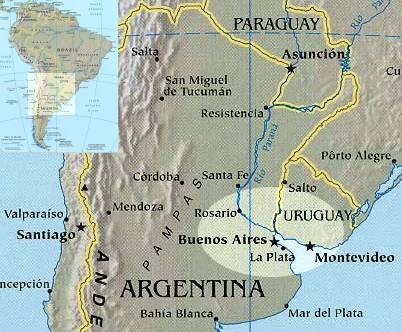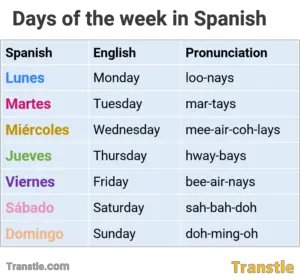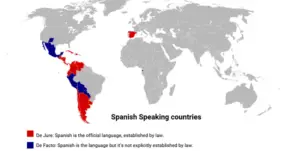How to Use Vos and Voseo in Spanish + Examples

Voseo in Spanish
Voseo consists of using the pronoun vos to say “you”, it is a linguistic variation that occurs especially in countries like Argentina, Uruguay, and Paraguay. The use of voseo implies both a change in the accent and in the conjugation of verbs.
While the people from these countries will always use vos, they understand the tú and usted forms. In Spanish there are three ways to say “You” which are Tú (informal), Usted (formal), and vos (specific Latin American countries).
See also: Spanish Subject Pronouns
Contents
How and when to use voseo (vos)
What countries use voseo
- Argentina, Uruguay, and Paraguay always use Vos, vos is the equivalent of tú, they never say Tú/Usted. These are zones with a generalized voseo. (1)
- Vos is also common in a few regions of Colombia and Venezuela.
Tú, Usted and Vos: Comparative table | |
| Tú |
|
| Usted | If it’s a formal relationship, like a boss, someone you don’t know, or someone a lot older. |
| Vos – Voseo | Argentina, Uruguay, (always, everywhere), Paraguay and some specific places of Colombia and Venezuela. |
How to conjugate vos
To conjugate in the vos form in present tense, you change the “r” at the end of the verb to an “s” and put the accent on the last syllable. (2)
Verbs ending in -AR: ás | Bailar: Vos bailás (you dance)
Verbs ending in -ER: és | beber: Vos bebés (you drink)
Verbs ending in -IR – ís | escribir: Vos escribís (you write)
Examples
| Tú/usted | Vos | Meaning |
| Quieres venir? | Querés venir? | You want to come? |
| ¿Vienes conmigo? | ¿Venis conmigo | Are you coming with me? |
| Tú, ¿qué quieres? / Usted, ¿Qué quiere | Vos, ¿qué querés? | You, what do you want? |
| Mira la luna / Mire la luna. | Mirá la luna. | Look at the moon. |
| Corres rápido. | Corrés rápido. | You run fast. |



